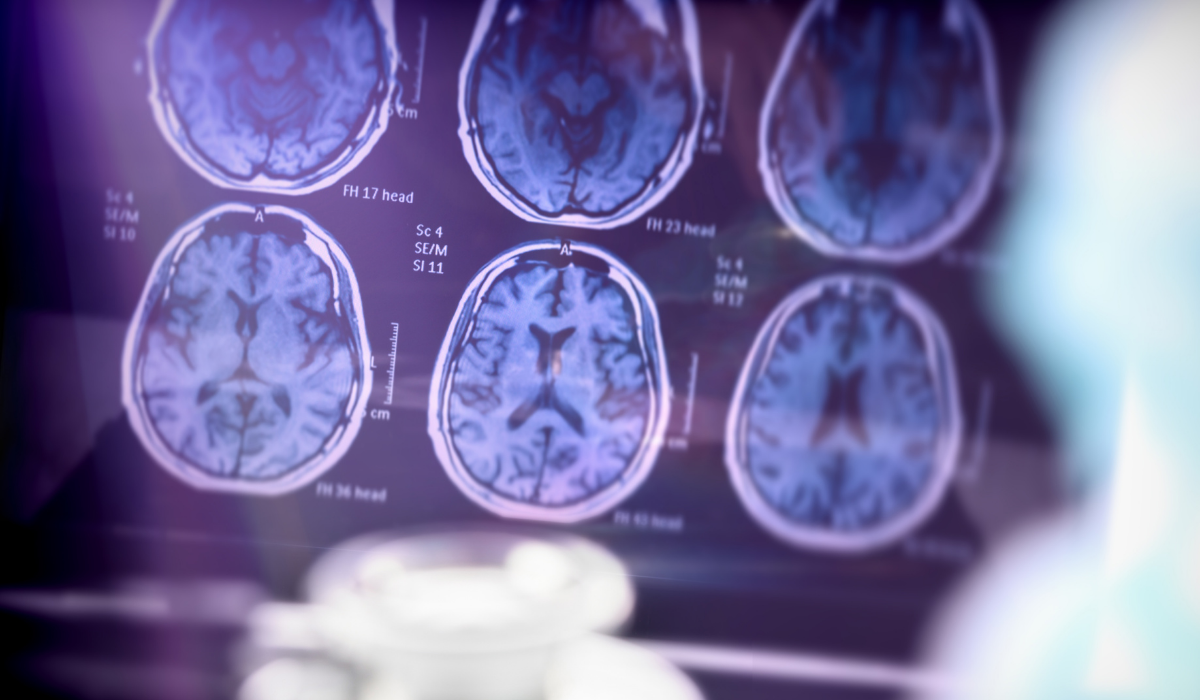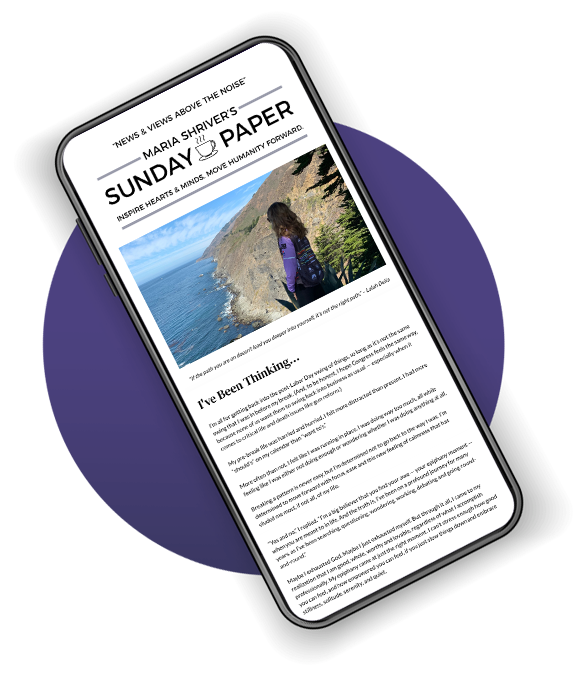6 Things That You Can Do Now to Prevent Alzheimer’s Disease

Contrary to popular belief, Alzheimer’s is not a normal part of aging. It is a devastating disease and a global pandemic. In fact, over 500,000 people are diagnosed every year in the U.S. alone (that’s one case every minute!), and two-thirds of these diagnoses are women. What’s worse, we don’t yet have an effective drug that can treat the symptoms of this disease.
That’s the bad news. Yet here’s what I’d like to focus on: Exciting new research indicates that up to 40% of Alzheimer’s cases may be prevented through healthy lifestyle choices. Even better, many of these choices also reduce the risk of heart disease, stroke, diabetes, hypertension, cancer, and many chronic diseases. And considering Alzheimer’s disease often begins 20 to 30 years before memory loss appears, it’s never too early to start making these changes.
The following recommendations can be applied at various levels—even a little is better than nothing! Think incremental steps: Start with one simple change in each category and go from there. My hope is that this guide empowers you to stay on top of your own brain health and inspires you to share the information with family and friends.
Step No. 1: Re-think your oral health.
Oral health isn’t just about preventing cavities! We have a better understanding now that oral disease is an independent risk factor for stroke, heart attack, and yes, Alzheimer’s disease. The bacterium P. gingivalis is an oral pathogenic organism that causes inflammation and periodontal diseases. While the exact role that periodontal disease plays in Alzheimer’s is still unknown, we do know that inflammation is a hallmark of the disease. Traces of the P. gingivalis have been found within the brain microbiome of Alzheimer’s patients, as well as in the plaques that cause narrowing of the arteries of the heart and brain. Brush your teeth using a sonic-type brush with vibrating (not rotating) bristles, and use a daily antibacterial mouth rinse. Visit your dentist for regular checkups and cleaning.
Step No. 2: Focus on better nutrition.
Healthy eating is essential to brain health and can dramatically reduce your Alzheimer’s risk. What we put into our bodies sets the foundation for our health. The best first step you can take when it comes to improving your diet is to minimize sugars and refined carbohydrates. If you only change one thing, do this. It helps improve insulin resistance and allows the brain to use fat (ketones) for energy. As we age, the brain is less able to use glucose but relies more on ketones for fuel. This is especially true in Alzheimer’s patients.
Next up: Stay away from processed foods (usually, the fewer the ingredients the better for your brain). Processed industrial seed oils—a.k.a. vegetable oils—are a key component of processed foods. These unhealthy fats promote inflammation and the accumulation of toxins in body fat. Stop using these “hateful eight” seed oils:
- Canola
- Corn
- Cottonseed
- Soy
- Sunflower
- Safflower
- Grapeseed
- Rice bran oil
Healthy alternatives include coconut, avocado, olive and peanut oils.
Try to consume organic foods when possible, which lower your exposure to pesticides and other toxins. This is especially true for products grown outside the US where food safety laws may vary. I also recommend cutting down on seafood that contains high levels of mercury, such as tuna, swordfish, and shark. The “SMASH” fish (salmon, mackerel, anchovies, sardines, and herring) are safer choices.
Finally, it’s also important to think about how often you eat. Ideally, try to fast 12-14 hours every night to give your gut a rest. This will also help the brain utilize fat/ketones for fuel.
Step No. 3: Avoid toxins when possible.
Remember, toxins aren’t just in the food we eat. Keep an eye on air quality and look out for mold, which can harm brain health. Choose safer personal care products and health and beauty aids by avoiding phalates, parabens, and other hormone disruptors. The Environmental Working Group has an incredible resource filled with useful information about which personal care products are toxin-free. Visit https://www.ewg.org/skindeep/ for more information.
Step No. 4: Prioritize sleep.
During sleep, our brains ‘take out the trash’ and remove toxins. Don’t deprive your brain of this critical activity! A nighttime ritual that helps you wind down and prepare for high quality (read: no electronics!) helps set the stage for a solid night of shut-eye.
Step No. 5: Move your body.
Exercise builds muscle and brain health. In fact, the brain changes that happen as a result of physical activity can even be seen on an MRI. If you already have a good routine of daily exercise, great! Stick to it. If you’ve been sedentary, start with something doable and keep up with it—even if it’s a daily, 20-minute walk. Bonus: When you combine physical exercise with mental exercises, such as learning new dance moves, it’s even better.
Step No. 6: Keep stress in check.
The kind of short-term, low-dose stress created by exercise is great for your body and brain. On the flip side, the long-term, chronic stress that so many of us face in our modern world drives chronic disease, including Alzheimer’s. So, make sure you take time to relax every day and ideally multiple times a day. Meditation is a great tool. Try using apps like Headspace and Waking Up, which offer wonderful guided meditations for those of us who are new to the ancient practice. Spending time in nature is also a wonderful way to unwind.
My recommendation is to start with the strategies that seem easiest for you to implement and go from there. The most important thing is to take steps forward. Any of these healthy lifestyle changes will help you do what you can to prevent Alzheimer’s disease from happening to you.


